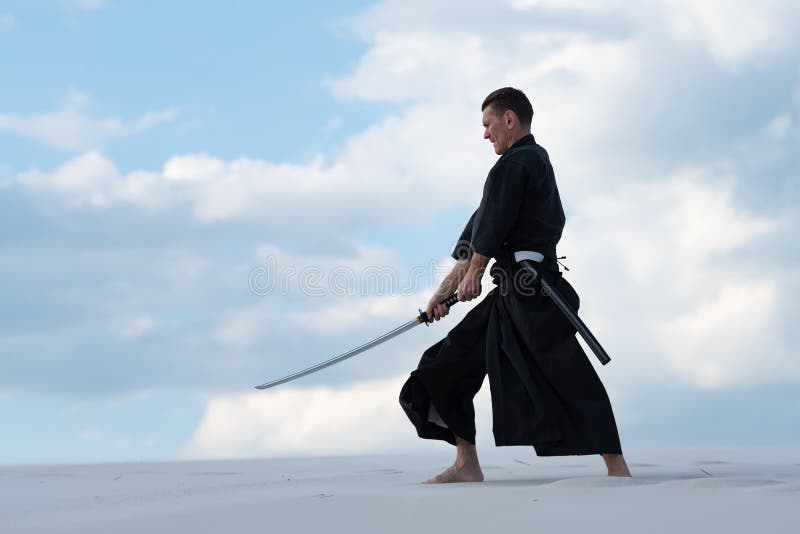

They set up a system where skillful practitioners would receive titles, and iaido was able to continue. Amid such circumstances, the Dai Nippon Butokukai was formed in 1895 and iaido began to be promoted alongside other martial arts. But iaido, which used the Japanese sword, was never incorporated into kendo and was only passed on in the local schools. Kendo received recognition through the Seinan War, as the “sword-drawing unit” played a key role in the victory and the government began promoting kendo actively. But iaido, which uses the Japanese sword, was never incorporated in kendo and only survived in the local schools.īut after the Meiji Restoration the new government confiscated the Japanese swords, and iaido faced a tough fight for survival. Kendo received wide recognition in the Seinan War where a sword-drawing unit played a key role, prompting the government to spread it actively. A master swordsman named Hashizaki Jinsuke is said to have begun the oldest school of iai, and schools majoring on iai began to spread across the country.īut the Japanese sword was banned by the new government after the Meiji Restoration, causing iaido to have to fight for survival.

This means that most of the time they had their swords tucked in the sheath, which lead to the pursuit of the skills related to “iai” and to pulling out the sword becoming increasingly important. During this time, the workplace of the samurai class changed from the battle field to inside the castle or in the city where the common people lived. The history of iaido goes further back than kendo, which began in the mid Edo period, up to around the end of the Sengoku (civil war) period and the beginning of the Edo period.


In iaido, practitioners aim to master this martial art technique as well as develop their character. For this reason, even now some schools keep the sitting position as the basic position, and in the opening (tachi-ai) you stand up while pull the sword out. “Iai” in martial arts refers to either pulling out your sword quickly to strike your opponent from a sitting position with the sword in the sheath, or to avoid your opponent’s strike and go on a counter strike. There is another martial art involving the sword called iaido, and in thi edition I would like to introduce the history and the present situation of iaido, and some similarities between iaido and kendo. Kendo was born in the mid Edo period as a martial art using the shinai and protective equipment, and continues to this day earning as much popularity as to host international competitions.


 0 kommentar(er)
0 kommentar(er)
